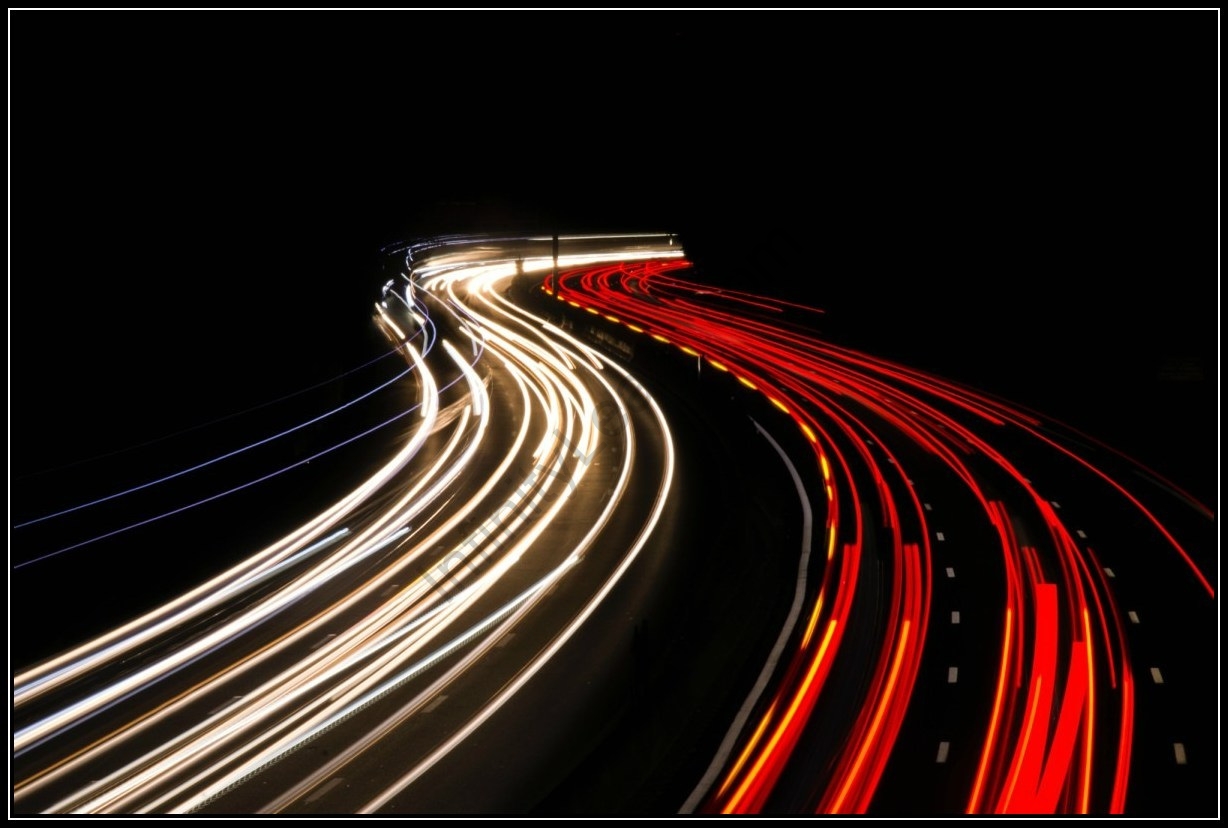Table of Contents

Chapter 21 spotlights various examinations to confirm the speed of light. Foucault and Michael’s investigation are two significant points to be thought of. Fizeau, in 1849, played out the primary earthbound estimation examination to decide the speed of light. He extended a beat light emission on a mirror set a ways off. Considering the speed of turn and the number of teeth on the toothed wheel, the distance between the mirror and the light source, he could work out the speed of light to be 315,000 km/s.
Fizeau’s test was subsequently adjusted by Foucault, who supplanted the toothed wheel with a pivoting mirror. With this new course of action, Foucault decided the speed of light to be 298,000 km/s, a lot nearer to the present acknowledged esteem. In the Foucault strategy, a light source is utilized to zero in a shaft on a turning mirror. The turning mirror then, at that point, mirrors this light onto a proper mirror at a point. The proper mirror is adjusted so that it faces the mirrored light shaft oppositely. Consequently, the light pillar is reflected straightforwardly back onto the turning mirror from where it was first reflected.
While the light was gone between the two mirrors, the pivoting mirror had changed its direction to the light emission. Along these lines, the returning light emission is reflected at an alternate point. In this way, we can suggest that the distinction in the point of the light source to the turning mirror and that of the pivoting mirror is connected with the time taken by light to venture to every part of the distance between the mirrors.
Further, Michaelson attempted to decide the speed of light with an alternate strategy. He formulated a technique for estimating the speed of light straight by observing how long it took to move a deliberate distance. The thought behind this trial was to figure out the speed of light every which way. This information would be valuable in estimating the speed of ether comparative with Earth, along these lines laying out its presence.
HC Verma Solutions Class 11 Chapter 21 Speed Of Light
Question 1
In an investigation to quantify the speed of light by Fizeau’s device, the accompanying information are utilized:
Distance(d) between the two mirrors is determined as 12.0 km, Number of teeth in the wheel is determined as 180. View as the base precise speed of the wheel for which the picture isn’t seen.
Answer 1
D = 12 km = 12 × 103 m
n = 180
c = 3 × 108 m/s
Using,
C = (2Dnw) ÷ п
W = [п × (3 x 108 ) ] ÷ [2 (12 × 103 ) (180)] rad/sec
W = [(п × 105 )÷(8 × 180)] × [180 ÷ п] deg/sec
W = 1.25 × 104 deg/sec
Question 2
The picture isn’t seen. 2. In a trial with Foucault’s contraption, the different distances utilized are as follows: Distance between the pivoting and the decent mirror = 16 m Distance between the focal point and the pivoting mirror = 6 m, Distance between the source and the focal point = 2 m. At the point when the mirror is turned at a speed of 356 cycles each second, the picture shifts by 0.7 mm. Ascertain the speed of light from this information.
Answer 2
R = 16 m ; b = 6 m ; a = 2 m ; s = 0.7 cm = 0.7 × 10-3 m
W = 256 rev/sec
W = 256 × 2п rad/sec
Speed of Light
C = (4R2 wa) ÷ S(R+b)
= [4 × (16)2 × 256 × 2п × 2] ÷ [0.7 × 10-
(16+6)]
C = 2.975 × 108 m/s
Question 3
In a Michelson explore for estimating the speed of light, the distance went by light between two reflections from the turning mirror is 4.8 km. The alternating mirror has a state of a customary octagon. At what least precise speed of the mirror (other than nothing) the picture is framed at the position where a non-turning mirror structures it?
Answer 3
D = 4.8 km
D = 4.8 x 103 m ; N = 8
Using
C = (DWN) ÷ (2п)
W = (2пC) ÷ (DN) rad/sec
W= C ÷ (DN) rev/sec
= [3 × 108 ] ÷ [(4.8 × 103) × (8)]
W = 7.8 × 103 rev/sec
FAQs:
Why HC Verma Solutions?
There are many motivations behind why understudies ought to pick HC Verma Physics Solutions. It is quite possibly the most suggested asset for the Board test and placement test readiness. It covers every one of the essential ideas of Physics with an exact clarification. The addressed models are given to help understudies in understanding troublesome ideas without any problem. The book comprises MCQs which are reasonable for the arrangement of cutthroat tests. Objective inquiries are clarified in a calculated way. The understudies are prescribed to go through arrangements completely before the end of the year tests. Furthermore, understudies ought to likewise go through NCERT course readings which will be useful for them.
Will HC Verma empower understudies to get excellent grades in the assessment?
The HC Verma Solutions offers understudies extensive and instructive responses to all the Class 11 coursebook questions according to the understudies' getting abilities. The arrangements clarify the responses in such a straightforward and compact manner that understudies who allude to these arrangements will beat their questions right away. The way to get good grades in maths assessments is practice. HC Verma comprises countless inquiries. Rehearsing these arrangements whatever number of times as could be expected under the circumstances is the vital source to defeat the test dread and help the test decisively.




